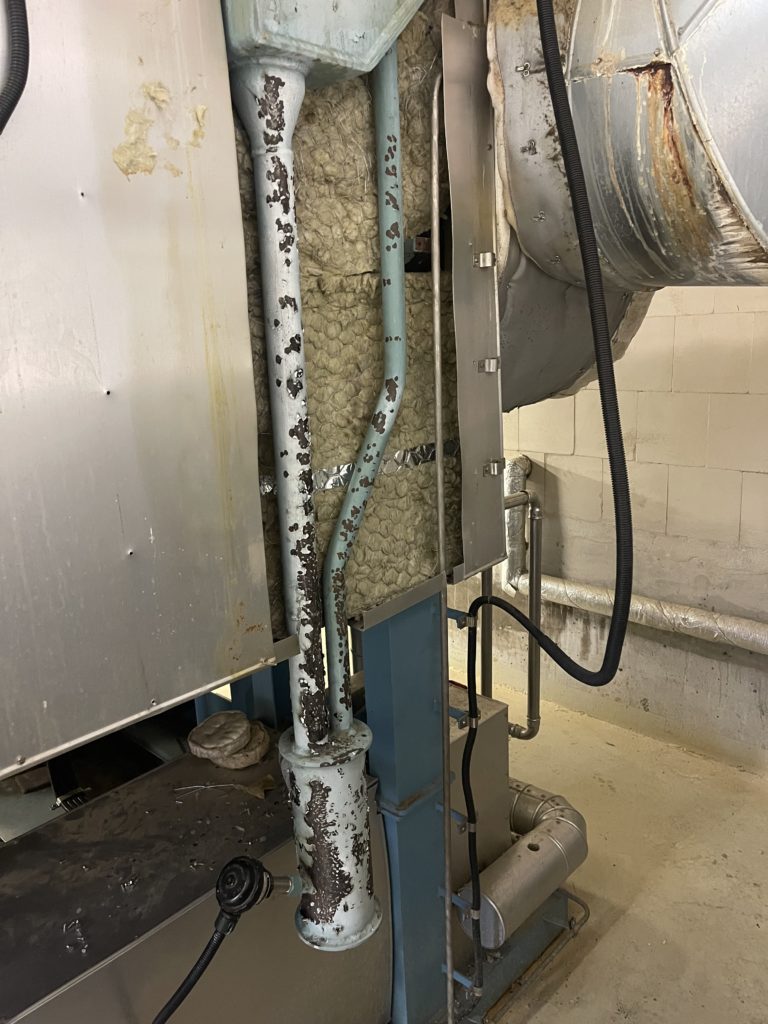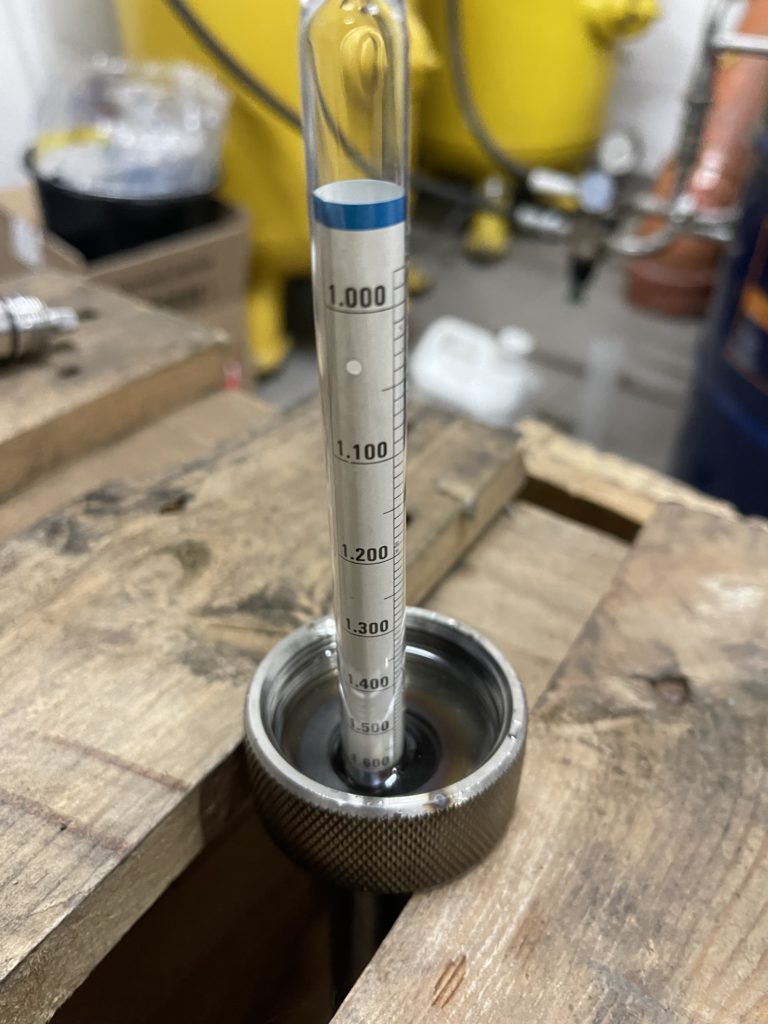Crystallisation in Lithium Bromide Absorption Chillers: Causes, Effects, and Solutions
What is a Lithium Bromide Absorption Chiller?
A Lithium Bromide (LiBr) absorption chiller is a refrigeration system that uses a solution of lithium bromide and water to provide cooling. Unlike traditional chillers that rely on mechanical compression, LiBr absorption chillers utilize heat energy, often from waste heat or solar energy, to drive the refrigeration cycle. The system consists of four main components: the evaporator, absorber, generator, and condenser. Water acts as the refrigerant, while lithium bromide serves as the absorbent.


Crystallisation in Lithium Bromide Absorption Chillers
Crystallisation in LiBr absorption chillers occurs when the lithium bromide solution becomes oversaturated, forming solid crystals. This typically happens when the solution temperature drops below the crystallisation point or when the concentration of lithium bromide exceeds its solubility limit. Factors contributing to crystallisation include fluctuating cooling water temperatures, improper shutdown procedures, excessive heat and power failures.
Effects of Crystallisation:
- Blockage: Crystals can block the flow of the solution, reducing the efficiency of the chiller.
- Corrosion: Crystallisation can lead to corrosion of the chiller components, shortening their lifespan.
- Operational Downtime: Crystallisation often requires the chiller to be shut down for maintenance, leading to operational downtime and increased costs.
Solutions to Crystallization
Preventive Measures:
- Temperature Control: Regulate cooling water temperature to prevent excessive cooling of the concentrated solution, reducing the risk of crystallisation.
- Dilution Cycles: Implementing proper dilution cycles during shutdown can ensure the solution concentration remains below crystallisation levels.
- Regular Maintenance: Routine maintenance and monitoring of the solution concentration can help detect early signs of crystallisation and prevent severe issues.
De-crystallization Procedures:
- Internal Heating: Run the chiller without chilled water or cooling water to raise the dilute solution temperature to 60°C.
- External Heating: Heat the crystallised areas to dissolve the crystals and return the solution to its liquid state.
Repair vs. Replacement
In most cases, repairing a crystallized LiBr absorption chiller is more cost-effective than replacing the entire unit. Repairs can address specific issues without the significant investment required for a new chiller. Here are some of the best solutions within the repair process:
- Decrystallisation: As mentioned above, internal or external heating are effective methods to dissolve crystals and restore functionality.
- Component Replacement: If specific components, such as heat exchangers or pumps, are damaged due to crystallisation, replacing these parts can extend the chiller’s lifespan.
- System Upgrades: Upgrading control systems to better monitor and regulate solution concentrations and temperatures can prevent future crystallisation issues.
Conclusion
Crystallization in lithium bromide absorption chillers can impair performance and durability. Proactive maintenance, advanced monitoring systems, and prompt decrystallisation services effectively mitigate these issues, ensuring optimal efficiency and longevity.
Take action now: Schedule regular maintenance, invest in advanced monitoring systems, and partner with expert decrystallisation services to ensure your lithium bromide absorption chiller operates at peak efficiency and reliability.
